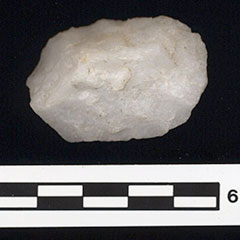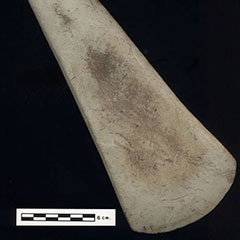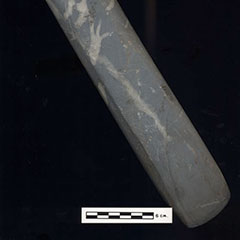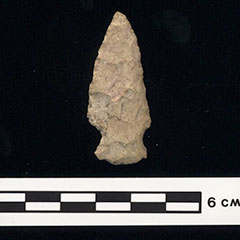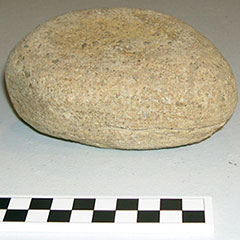Yesterday
The Abenakis belong to the North American Aboriginal group called the Wabanakis. The name refers to “people of the east” and comes from Wabun or Waban meaning “east” or “rising sun” and Aki meaning “earth”. According to archaeological data, the Abenakis have inhabited this vast territory since prehistoric times, or more precisely since the Late Archaic or Early Woodland period.
The Abenakis’ territory was located south of the boreal forest, where the Atikamekw and the Innu lived. To the east lay the territory of the Mi'kmaqs and the Malecites, close relatives of the Abenakis, and to the west, the land of the Iroquois.
Like most Aboriginal groups in North America 3000 years ago, the Abenakis were nomadic. However, archaeology has shown that certain Amerindian groups began to adopt a more sedentary way of life during the prehistoric Woodland period, which ended with the arrival of Europeans around the middle of the 16th century. The Abenakis became semi-sedentary; that is, they mostly continued to move with the seasons, but remained in one place for part of the year to engage in farming. They moved inland in springtime to plant corn and squash, and gather wild berries. The rest of the year they travelled about their territory to hunt and fish, trade goods, form alliances and meet with other Abenaki families or Aboriginal groups.

